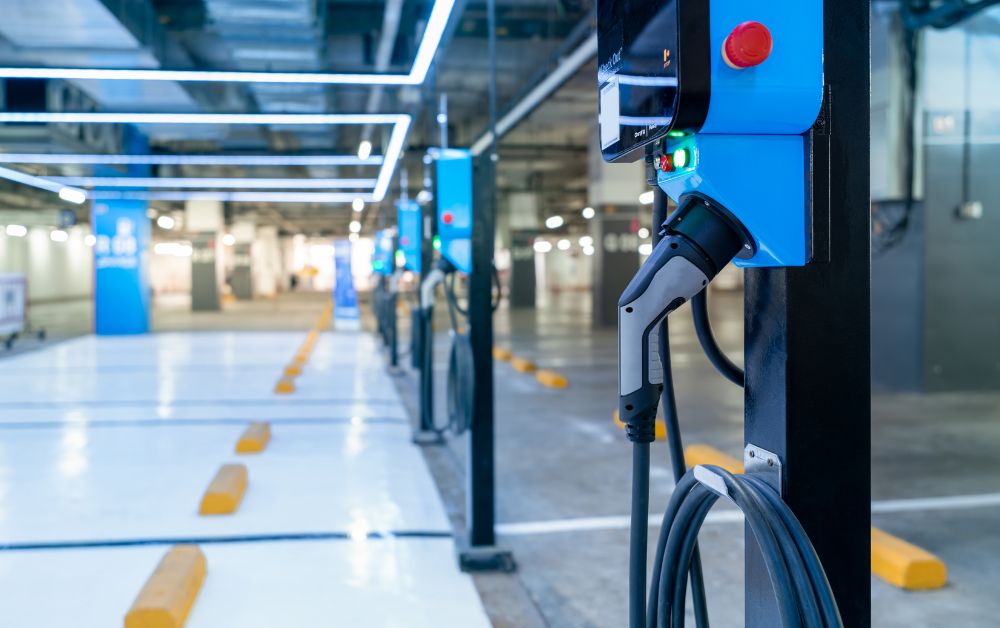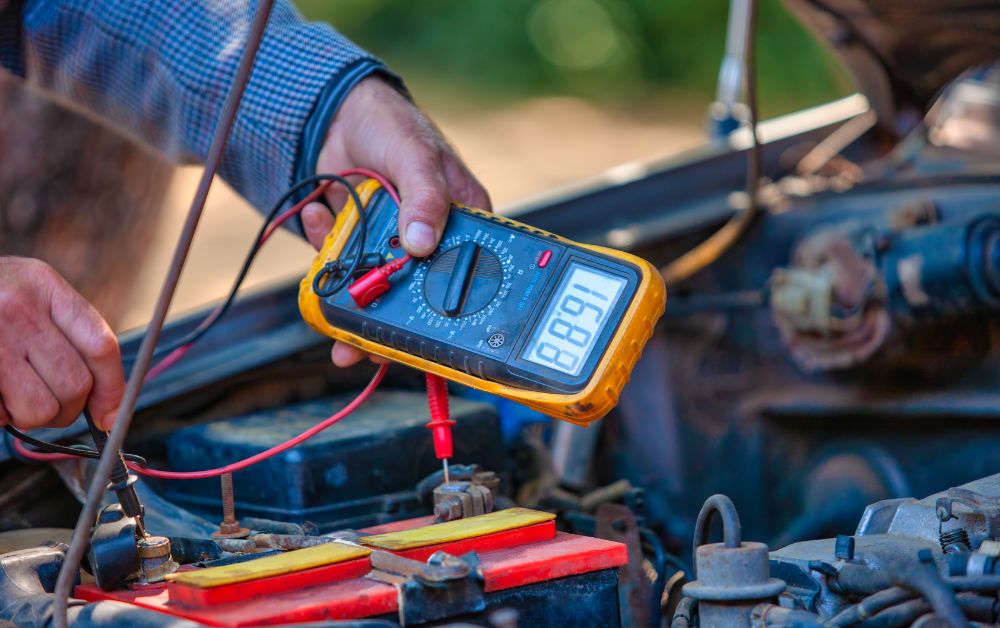Who Pays for EV Charging Stations? A Deep Dive into the Economics of Electric Vehicle Infrastructure

In the rapidly evolving landscape of automotive technology, electric vehicles (EVs) have taken center stage. With their promise of reduced emissions and a cleaner, more sustainable future, EVs have gained widespread popularity among environmentally conscious consumers and car enthusiasts alike.
However, the transition to electric mobility presents unique challenges, one of which is the development and financing of EV charging infrastructure. In this blog, we’ll explore the critical question: Who pays for EV charging stations?
The Rise of Electric Vehicles
Electric vehicles have come a long way since their inception. Manufacturers like Tesla, Nissan, Chevrolet, and BMW have made significant investments in EV technology, resulting in a diverse range of electric cars that cater to various market segments. The environmental benefits of EVs, such as lower greenhouse gas emissions and reduced air pollution, have led to increased government support and incentives worldwide.
As a result, more people are making the switch to electric cars. However, for this shift to be successful, an adequate and accessible charging infrastructure must be in place. This is where the question of funding and financing comes into play.
EV Charging Station Types
Before delving into who pays for EV charging stations, it’s essential to understand the different types of charging stations available:
- Level 1 (120V): These chargers use a standard household outlet and are the slowest, typically adding about 2-5 miles of range per hour. They are suitable for overnight charging at home.
- Level 2 (240V): Level 2 chargers are faster, providing around 10-30 miles of range per hour. They are commonly found in public locations, workplaces, and residential settings.
- DC Fast Charging: DC fast chargers are the fastest, delivering up to 100 miles of range in approximately 20-30 minutes. They are commonly located along highways and major travel routes for long-distance EV travel.
The various stakeholders involved in funding and financing these charging stations
Government Initiatives
Governments at the federal, state, and local levels often play a significant role in funding EV charging infrastructure. They allocate funds, grants, and tax incentives to support the development of charging networks. These initiatives aim to reduce carbon emissions, improve air quality, and promote EV adoption.
- Federal Programs: In the United States, programs like the Federal Highway Administration’s Alternative Fuel Corridor Program provide funding for EV charging station installation along highways.
- State Incentives: Many states offer rebates and tax credits to individuals and businesses that install EV charging stations. Additionally, some states use funds from the Volkswagen Diesel Emissions Settlement to invest in EV infrastructure.
- Local Government Support: Cities and municipalities may offer incentives, grants, or streamlined permitting processes to encourage the installation of public charging stations.
Utilities
Electric utilities have a vested interest in the growth of EVs since they increase electricity demand. Some utilities invest in charging infrastructure directly or offer financial incentives to station owners. Utilities may also develop rate structures that make EV charging more cost-effective for consumers, thus encouraging adoption.
Automakers
Several automakers, particularly Tesla, have taken the initiative to build their charging networks. Tesla’s Supercharger network, for instance, is exclusive to Tesla owners and is financed and maintained by the company.
Private Sector Investment
Private companies, including startups and established players, have recognized the potential in the EV charging market. They invest in the development of charging networks, often partnering with retailers, malls, and other businesses to install stations at strategic locations.
Charging Network Providers: Companies like ChargePoint, EVgo, and Electrify America operate extensive charging networks across the United States. They secure funding from various sources, including private investors and infrastructure funds.
Consumers and Businesses
Many charging stations are privately owned, and the costs of installation and maintenance fall on the owner. In some cases, businesses may choose to provide free charging as a perk for employees or customers. However, they might recover these costs through other means, such as higher prices for goods or services.
- Home Charging: Homeowners who purchase EVs often invest in Level 2 chargers for their convenience. The cost is borne by the individual.
- Workplace Charging: Some employers install charging stations in their parking lots to encourage EV adoption among employees.
- Public Charging: Charging station operators can set pricing models for public charging. Users pay fees or subscription costs to access these stations, which helps cover infrastructure expenses.
Conclusion
The question of who pays for EV charging stations is multifaceted, with various stakeholders involved. Government initiatives, utilities, automakers, private sector investment, and individual consumers all play crucial roles in funding and financing charging infrastructure. As electric vehicles become increasingly prevalent, continued collaboration among these stakeholders will be essential to ensure the growth of a robust and accessible charging network.
The future of transportation is electric, and the development of an efficient and widespread charging infrastructure is vital to realizing the full potential of electric mobility. As technologies continue to advance and investments pour into this sector, we can expect to see further innovations and improvements in the EV charging experience, making it more convenient and cost-effective for all stakeholders, from car enthusiasts to everyday commuters.
Related Articles

Unveiling the Speed Demons: Which EV Charger Is the Fastest?
In the realm of electric vehicles (EVs), speed is no longer confined to the roads alone. With the rapid evolution of EV charging technology, the race is on to develop the fastest chargers that can power up your electric ride in record time. As the demand for efficient charging solutions grows, the question on every EV enthusiast’s mind is: Which EV charger is the fastest?

Electric Vehicle Myths Debunked: Separating Fact from Fiction
As technology continues to evolve and infrastructure improves, the future of electric mobility looks brighter than ever. Let’s dispel the myths and embrace the electrifying potential of EVs for a cleaner, greener tomorrow.

Unveiling the Mechanics: How Electric Car Transmission Works
While many are familiar with the basics of electric cars, understanding the intricacies of their transmission systems remains a mystery to most. So, let’s delve into the heart of the matter and uncover the mechanics of how electric car transmission works.

Unveiling the Dodge Electric Muscle Car: Release Date Announced!
The impending arrival of an electric muscle car from Dodge has stirred up a storm of debate and anticipation within the automotive community. The very notion of an “electric muscle car” has sparked intense discussions, with some purists questioning its authenticity while others see it as a promising evolution of the genre.




